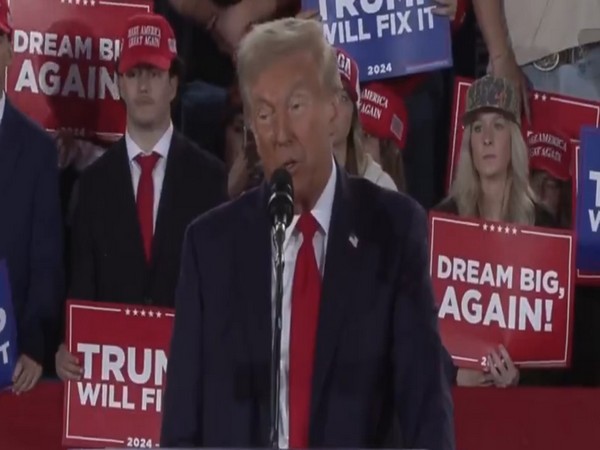Republican Wins Turn Senate Red: A New Chapter in U.S. Politics
Republicans secured control of the U.S. Senate, capturing seats in West Virginia and Ohio. Their Senate majority supports Trump's potential presidency or serves as a blockade against Kamala Harris. Meanwhile, Republican gains challenge Democratic House control, with tight races predicting extended ballot counts in key states like New York and California.

The Republican Party has clinched control of the U.S. Senate, achieving victories in West Virginia and Ohio on Tuesday's election day. This outcome guarantees a Republican-held Senate for at least another year, poised to back Donald Trump if he wins the presidential race, or act as a significant check on Democratic policies including those advanced by Kamala Harris if she prevails.
Notably, Republican Jim Justice of West Virginia and Bernie Moreno of Ohio unseated or succeeded Democratic incumbents, cementing a potential 51-49 Senate majority. Adding to their success, Republicans have made swift gains to challenge Democratic supremacy in the House of Representatives, a competitive race that remains undecided as the ballots continue to be counted.
In an election marked by strategic victories, Democrats made historical strides with Sarah McBride's election as the first openly transgender member of Congress. However, the focus now shifts to several unresolved but crucial House races, especially in densely populated regions like New York and California. These outcomes will determine the congressional balance of power, affecting national policy direction.
(With inputs from agencies.)
- READ MORE ON:
- Republicans
- Senate
- House
- Trump
- Election
- Democrats
- Kamala Harris
- Jim Justice
- Sherrod Brown
- Congress
ALSO READ
Global Democratic Waves: Predictions and Realities for 2025 Elections
Kejriwal Announces Pujari, Granthi Samman Yojana Ahead of 2025 Delhi Elections
Elon Musk's Attempt to Sway German Elections Sparks Debate
Elon Musk Stirs Political Fervor in German Election
Third Gender Voter Turnout: A Closer Look at the 2024 Lok Sabha Elections










